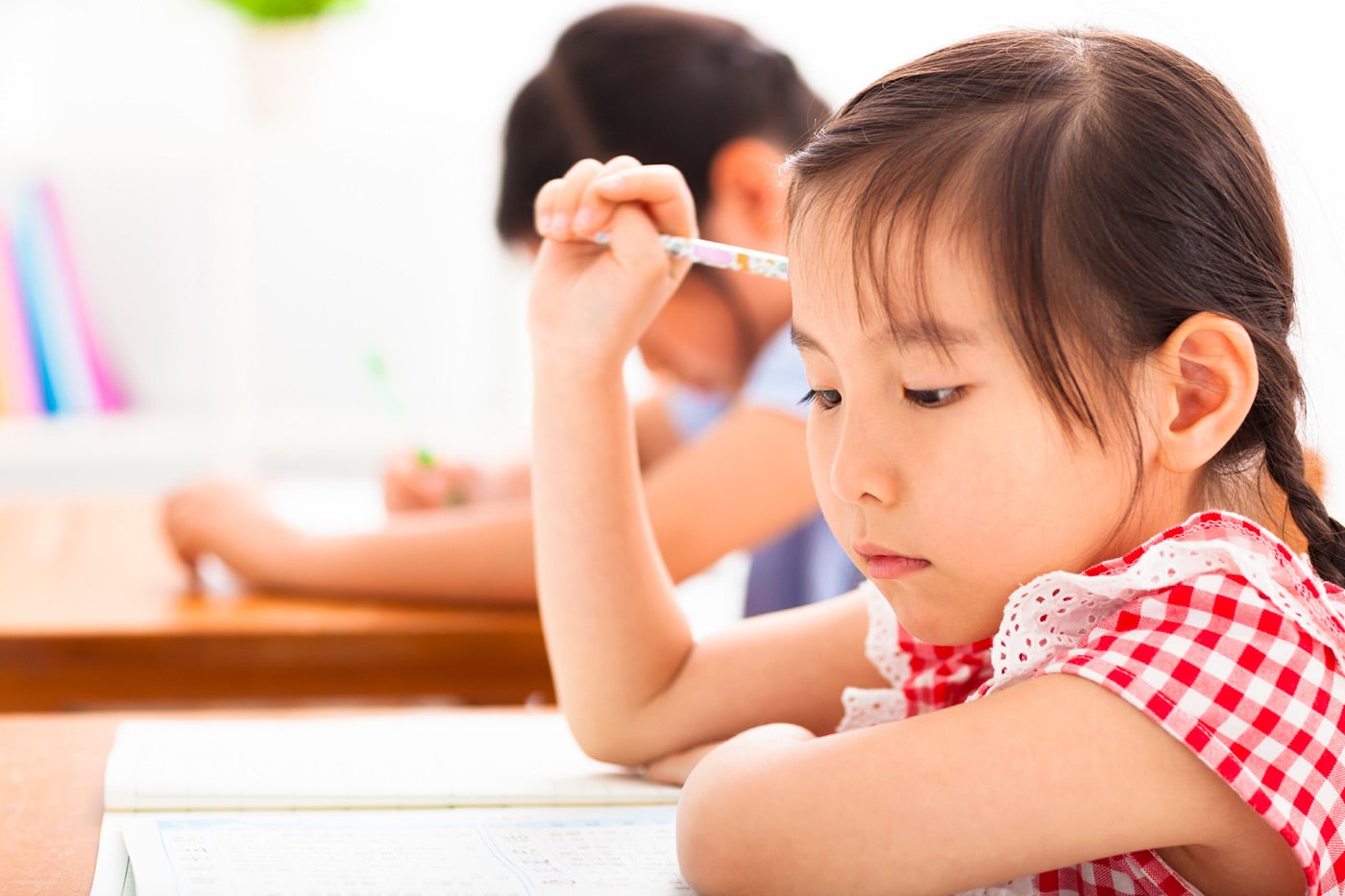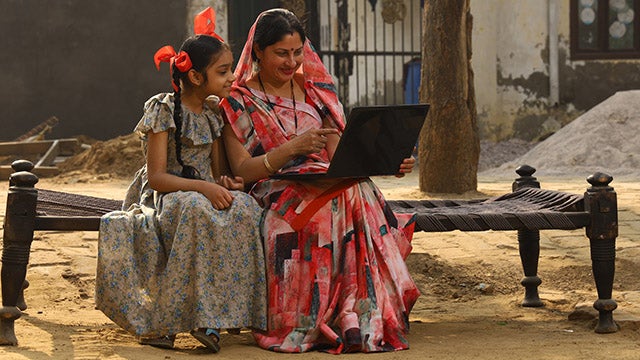
(Photo Credit: istockphoto)
This article originally appeared on the Aspen Ideas Festival website.
Mei Fong is a Pulitzer Prize-winning journalist and author of the book “One Child: The Story of China’s Most Radical Experiment.” She will speak about the book and China’s one-child policy at this year’s Spotlight Health.
How has what you’ve called the “longest running social experiment” — the one-child policy — shaped modern China?
It has made modern-day China’s population extremely imbalanced. The policy, coupled together with an age-old cultural preference for boys, has led to 30 million surplus bachelors, called “guanggun,” or bare branches, because they are the biological dead ends of their family tree. Numerically there simply aren’t enough women for these men — whose numbers are similar to the entire population of Canada — to mate or build families.
China, like most of the developed world, is fast becoming an aging society, where the number of retirees outnumber the number of working adults. That’s not a function of the one-child policy, but simply a function of us living longer and having smaller families. Europe took about half a century to arrive at this stage. China has reached this at half the time, thanks largely to the accelerating effect of the one-child policy, so it’s reached a first-world problem without having quite yet arrived at first-world economic status for most of its people. This has generated the now common saying that China will grow old before it grows rich.
China currently has about five working adults to support one retiree — that’s a very healthy economic ratio. But in 2050, this will dwindle to 1.5 workers per retiree. It’s a very rapid change, and there will be all sort of attendant difficulties, such as pension shortfalls, not to mention huge potential for major public health disasters as China deals with a retiree population bigger than all of Europe, with a vastly diminished labor force.
China desperately needs to grow its population now, which is why it switched to a nationwide two-child policy recently. No other developed country has found the magic formula to this, but China is going to find it extra difficult because of the gender imbalance. How are you going to find the mothers to grow your population, the caretakers for the elderly, when you’re missing some 50 million females — those who were never born, or who were killed or given away as a result of the one-child policy?
You had a miscarriage while covering the devastating earthquake in Sichuan, China, in 2008. Did this personal experience influence your decision to write the book about China’s 35-year-old one-child policy?
I didn’t think so at the time. As a journalist I was always trained to be the fly on the wall, the dispassionate observer. It was only later, when I started thinking about what I wanted to write about, and I realized that the one-child policy was to me the most compelling topic. That was when I started contemplating whether to weave my personal experiences into the narrative, whether it complemented it. I was hesitant both on a personal and stylistic level — have read too many over-indulgent, pathetic memoirs! — but “One Child” is in essence a story about our powerful, deep-rooted urge to reproduce, and what happens when this urge is thwarted. I could have taken a more impersonal, Economist-style approach, but I think it would have been a less powerful story.
You’ve said the policy was cruel to the country’s poorest and most defenseless people. How did it impact this population, specifically?
To enforce such an unpopular policy, China’s Communist Party had to resort to a variety of ‘shticks’ — they had to make it hurt. These ranged from things like fines, to detention of loved ones (to make targets submit to unwanted abortions or sterilizations) and seizure of property, to the most heinous, which was abortions by force. As is elsewhere, the rich or well connected were better able to get around the harshest restrictions. You never heard of college-educated women being taken away for forced abortions. By and large these happened to women in the countryside, in places far away from media outrage. As a result, the one-child policy also widened the rich-poor divide, which is already one of the widest in the world. (For years, China refused to publish the Gini coefficient, that marker of income inequality.) It isn’t that poor people can’t have more than one child — China’s a big place and there are places to avoid scrutiny or have more lax regulations — it’s just that they are the most vulnerable when the painful punishments are enforced. As the old song goes, the rich get rich and the poor get children — but in China the rich get richer and get children with impunity.
Did the one-child policy have any positive outcomes?
Urban women without siblings advanced in higher education in record numbers. But we have to consider whether a lot of these advances could have been done without such drastic measures. After all, women in neighboring countries such as Singapore, South Korea, Thailand, and Taiwan also enjoyed similar advances. The problem is we tend to equate population control with one-child policy, and they are not the same thing. China already had in place a population planning policy in the 1970s that was hugely successful and less coercive. It was called “Later, Longer, Fewer,” and focused on encouraging couples to get married later, have fewer kids and space them longer apart. During the decade when it was in place, average family size fell from six children to three per family.
Countries that slowed population growth through less drastic measures — educating women, urbanization, easier access to contraceptives — don’t have China’s demographic imbalances. It’s like crash dieting — while losing weight in general is not always a bad idea, especially when done sensibly, living on nothing but jujubes and water is injurious to your health. With the one-child policy, China went on a demographic crash diet, shedding its population in such a desperate hurry that it will be living with damaging consequences for decades to come.
What was the most interesting or memorable moment you had while covering this topic for your book?
Lots of moments, but here’s a semi-comic one. I was in a bachelor village in central China. This village had no women of marriageable age, and so bride prices, a custom of the countryside, had shot up. In the past, this used to be simple gifts like clothes or furniture, but now because of the female shortage, it had shot up to something like 10 years of farm income. Any family with sons would have to borrow substantially to get their sons married. As a result, this village had been hit by a rash of “runaway brides,” bridal con artists who ruthlessly met, married, and made away with the money in swift succession.
I remember talking to a father of one of these jilted grooms, who was deeply worried because he’d just lost a lot of money, lost a daughter-in-law, and had another son waiting in the wings to get married. Sighing deeply, he said, “I WISH I had daughters.” Now, I am from a very traditional Chinese family, the fifth daughter of a sixteenth son. My gender was a huge disappointment to my family. So when I heard him say this, part of me went, “Yesss!” A blow to the patriarchy.

